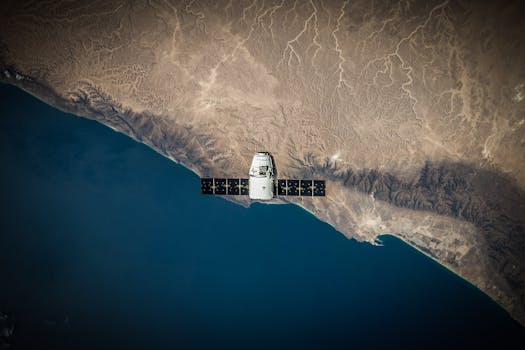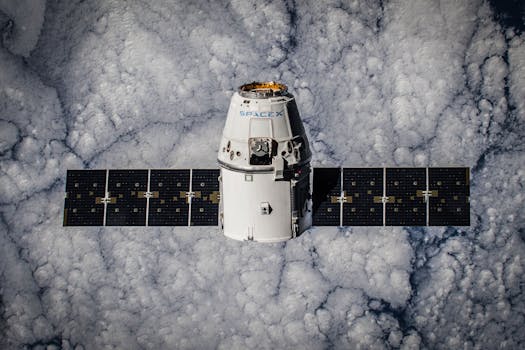GEO Satellites: Introduction to Geostationary Satellites

GEO satellites, or geostationary satellites, are a type of satellite that orbits the Earth at an altitude of approximately 36,000 kilometers above the equator. At this height, the satellite’s orbital period matches the Earth’s rotational period, allowing it to remain stationary relative to a fixed point on the Earth’s surface. This unique characteristic makes GEO satellites ideal for a variety of applications, including television broadcasting, telecommunications, and weather forecasting.
The concept of GEO satellites was first proposed by science fiction author Arthur C. Clarke in 1945. However, it wasn’t until the 1960s that the first GEO satellite, Syncom 2, was launched. Since then, hundreds of GEO satellites have been launched, providing a wide range of services to people around the world.
How GEO Satellites Work

GEO satellites work by transmitting and receiving signals to and from Earth-based stations. The satellite’s antenna receives signals from the Earth station and re-transmits them back to Earth, allowing the signal to be received by a wider audience. This process is known as transpondering, and it allows GEO satellites to provide a wide range of services, including television broadcasting, telecommunications, and internet connectivity.
GEO satellites are typically equipped with a range of instruments, including transponders, antennas, and solar panels. The transponders are used to receive and re-transmit signals, while the antennas are used to transmit and receive signals. The solar panels provide power to the satellite, allowing it to operate for many years.
Applications of GEO Satellites

GEO satellites have a wide range of applications, including television broadcasting, telecommunications, and weather forecasting. They are also used for navigation, military communications, and scientific research. In addition, GEO satellites are used to provide internet connectivity to remote and underserved areas, helping to bridge the digital divide.
One of the most common applications of GEO satellites is television broadcasting. GEO satellites are used to transmit television signals to a wide audience, allowing people to receive a range of channels and programming. They are also used for telecommunications, providing voice and data services to people around the world.
Benefits and Challenges of GEO Satellites

GEO satellites have a number of benefits, including their ability to provide a wide range of services, their high bandwidth capacity, and their long lifespan. However, they also have some challenges, including the high cost of launch and operation, the risk of interference from other satellites, and the need for careful orbit management to avoid collisions.
Despite these challenges, GEO satellites remain a crucial part of modern communication, providing a wide range of services to people around the world. As technology continues to evolve, we can expect to see even more innovative applications of GEO satellites in the future.
See more:
